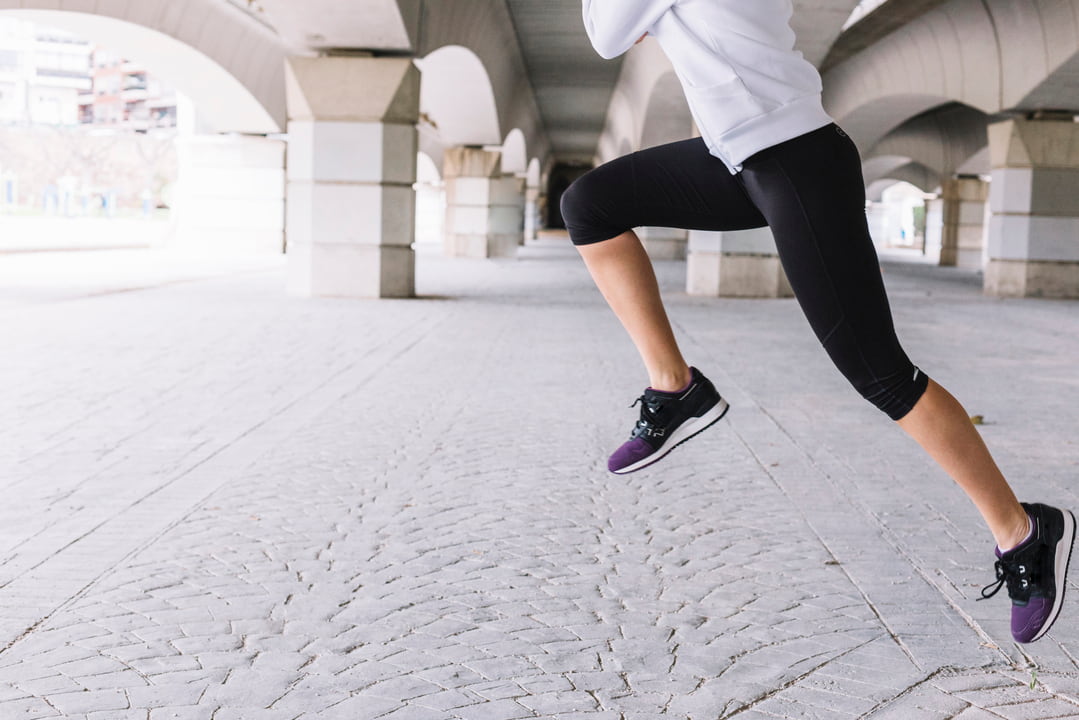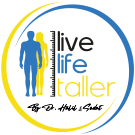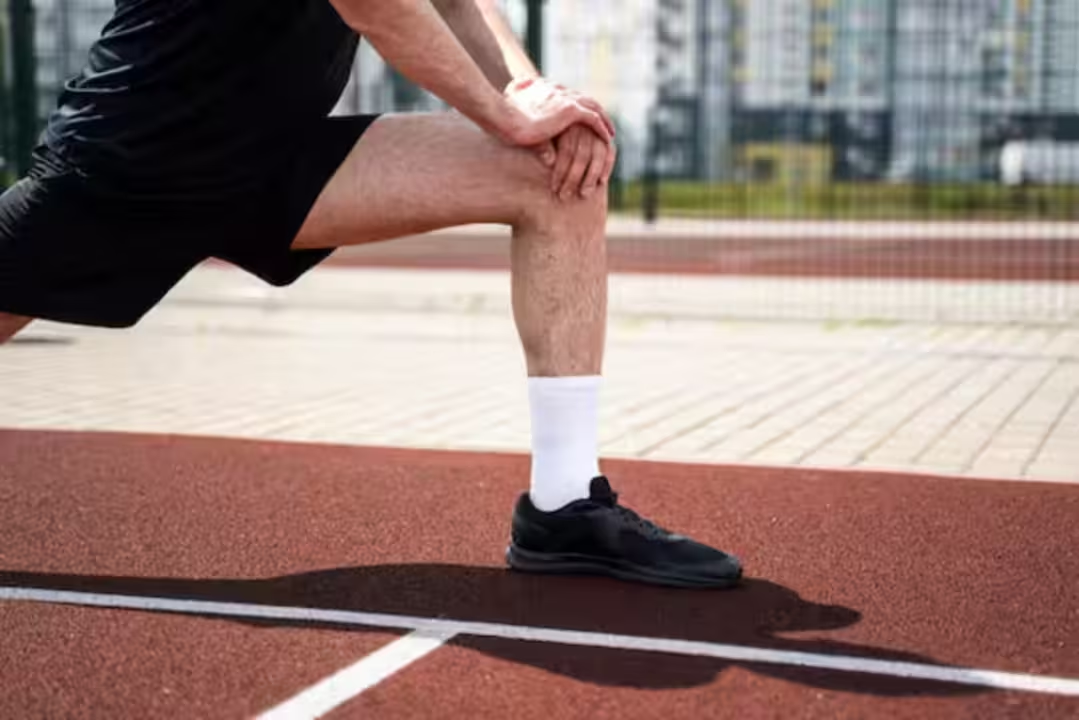Leg lengthening surgery is a complex procedure designed to increase height by gradually extending the bones in the legs. While the primary goal is height gain, many patients are concerned about returning to their regular activities, particularly running and other forms of exercise. So, can you run after leg lengthening surgery? The answer is yes, but it requires patience and a carefully managed recovery process.
How Long After Leg Extension Application Can Running Be Done?
The timeline for running after leg lengthening surgery depends on several factors, including the extent of the surgery, the patient’s overall health, and the progress of bone healing. On average, patients can expect to return to running or jogging approximately 12 to 18 months after surgery. However, this can vary depending on how well the bones consolidate and how diligently the patient follows their post-operative care plan.
Returning to running too early can cause complications, so it is essential to follow the recommendations of your orthopedic surgeon and physical therapist. The rehabilitation process will typically start with low-impact activities like walking and swimming before gradually progressing to more strenuous exercises like running.
Lengthening Surgery and Recovery Process
Leg lengthening surgery involves breaking the bone (typically the femur or tibia) and slowly separating the bone segments over time using a device. This process encourages new bone tissue to grow in the gap, gradually lengthening the limb. While this procedure effectively increases height, the recovery period is long and requires a commitment to physical therapy and bone healing.
Immediately after surgery, the body begins its natural healing process. The initial phase involves inflammation and the formation of a soft bone callus. Over time, the callus hardens and becomes mature bone. Patients must be cautious during this period, as the bones are still fragile.
- The post-surgery recovery process involves several key elements:
Physical therapy: Essential for restoring strength, mobility, and flexibility in the legs. A tailored physical therapy program will help you regain muscle function and avoid joint stiffness, especially in the knees and ankles, which can be affected by the lengthening process. - Nutrition: Proper nutrition is vital for bone healing. A diet rich in calcium, vitamin D, and protein supports bone growth and recovery. Patients may also need supplements to ensure they are meeting their nutritional needs during the healing process.
- Rest and care: Adequate rest is crucial to allow the bones to heal. Overexertion or returning to physical activity too soon can lead to complications such as fractures, delayed healing, or improper bone alignment.

Bone Consolidation and Healing
The bone consolidation phase is critical in determining when you can resume physical activities like running. Bone consolidation refers to the process by which the newly formed bone becomes hard and strong enough to bear weight and withstand physical stress. The consolidation phase usually takes 6 to 12 months, depending on the individual’s healing capacity.
During this time, patients must avoid high-impact activities, such as running or jumping, to prevent damage to the fragile new bone. Instead, low-impact exercises like walking, swimming, or cycling are encouraged to maintain overall fitness without putting too much stress on the legs. Once the bone is fully consolidated, the patient can gradually begin more intense physical activities, including running. However, the transition to running should be slow and guided by a physical therapist to avoid injury.
Things to Consider While Running After Recovery
After fully recovering from leg lengthening surgery, you may be eager to return to running. However, there are important considerations to ensure a safe and successful return to this activity:
- Start slow: Even after full recovery, your legs may take time to adjust to running. Start with short, slow runs or jogging sessions, and gradually increase the intensity and duration as your legs become stronger.
- Listen to your body: Pay attention to any pain or discomfort in your legs, particularly in the areas where the surgery was performed. If you experience sharp pain, swelling, or instability, stop running and consult your doctor.
- Wear proper footwear: Wearing shoes that provide good support and cushioning is essential for protecting your joints and muscles from the impact of running. Custom orthotics may be recommended to ensure proper alignment and prevent injury.
- Strength training: Strengthening the muscles around your legs, especially the quadriceps, hamstrings, and calves, can help support the newly lengthened bones and reduce the risk of injury. Incorporate leg-strengthening exercises into your fitness routine before returning to running.
- Follow your physical therapist’s guidance: A physical therapist will play a crucial role in helping you return to running safely. They will provide specific exercises and stretches to improve mobility, flexibility, and strength, ensuring that your body is ready for the demands of running.
In conclusion, can you run after leg lengthening surgery? Yes, but it requires a well-structured recovery plan, patience, and close attention to your body’s healing process. With proper care, most patients can return to running and other physical activities within 12 to 18 months after surgery.
To better understand the recovery process after leg lengthening surgery, including the timeline for returning to activities like running, you can watch the following informative videos:
Leg Lengthening Surgery Recovery – This video provides a detailed look at the recovery process after leg lengthening surgery and the steps needed to regain mobility.
Physical Therapy After Leg Lengthening Surgery – Learn about the importance of physical therapy in recovering strength and flexibility in the legs post-surgery.
Can You Run After Leg Lengthening Surgery? – This video discusses when and how you can return to running after the bones have fully healed and what factors to consider.
These videos provide valuable insights and real-life examples that will help guide your recovery and ensure you can return to running safely.


